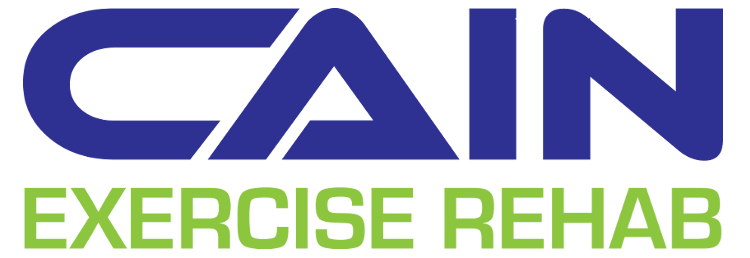Many people assume that, to train for running, you simply need to run, but I've spoken at length on important weight-training tips for distance runners as well. After all, do you think that any other type of athlete - be they a wrestler, boxer, football player - only repeatedly performs their sport as training? No, I thought not.
Additional training, however, does not simply mean heavy lifts and explosive forces. The health of each joint of the lower limb needs to be considered in order to have longevity as a runner. There's an important balance of mobility and stability that must be maintained.
Take the foot. You've heard the importance of foot health for most of what you do in life, as it's obviously the first line of defence - so to speak - when it comes to impact forces as you walk and run. This doesn't necessarily mean it's as simple as wearing supportive shoes for good lower limb health, though.
The foot has 26 bones to it. That's a lot of joints! That being said, pliable mobility (allowing the joints to move, glide, and compress) is vital in allowing those joints to absorb shock and impact, as is strength of the muscles of the foot in order to prevent those forces from being too damaging to the tarsal joints.
Modern-day running - specifically, the footwear - has taught the Western world to bypass the majority of these impact-buffering joints by running heel-first. As a result, these forces are greater by the time they reach the knee, hips, and back than they would be if a forefoot strike was used, resulting in an increased injury risk.
However, with the birth of minimalist running, Western runners attempted to make a quick switch back to forefoot running in order to benefit their joint health and performance. This is all and good, but it needs to be remembered that the body takes time to condition itself to new mechanics and activities. After a lifetime of stiffer, highly-supportive footwear use, the joints of the foot are, conversely, going to be stiff and immobile as well. Furthermore, the muscular strength in the foot may be lacking due to years of disuse. As a result, while the foot may now be diverting much of the impact away from traveling up the chain in too-great amounts, the foot's own joints may not be durable enough to accept that force itself. This is why there was a spike in new and previously-uncommon running injuries as soon as minimalist running became popular.
The takeaway here is that, like the rest of the body that you train for performance, the feet must also be carefully conditioned for the uses you intend of it. Adequate mobility through the toes, forefoot, and midfoot as well as enough muscular stability are key if you want to prevent the high-impact of running from developing into pain. That being said, changes to running and training routine must also be gradual and progressive, just like a routine for training any other joint. You need some variability to shock the body into improving, but be kind with how quickly you introduce it.
Subscribe to the Weekly Updates
Do you like the content that you're reading? Sign up to receive the weekly blog update from Cain Exercise Rehab directly to your email!












